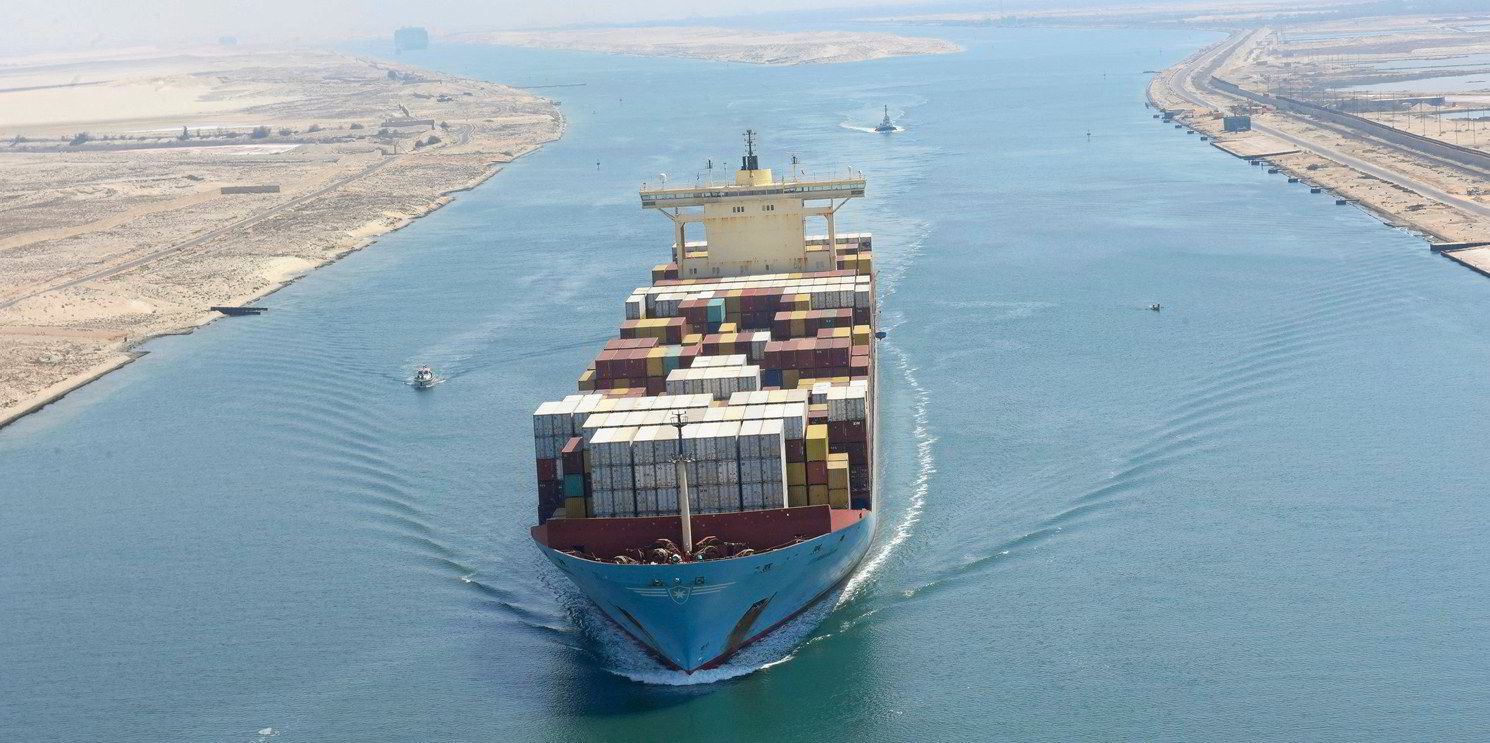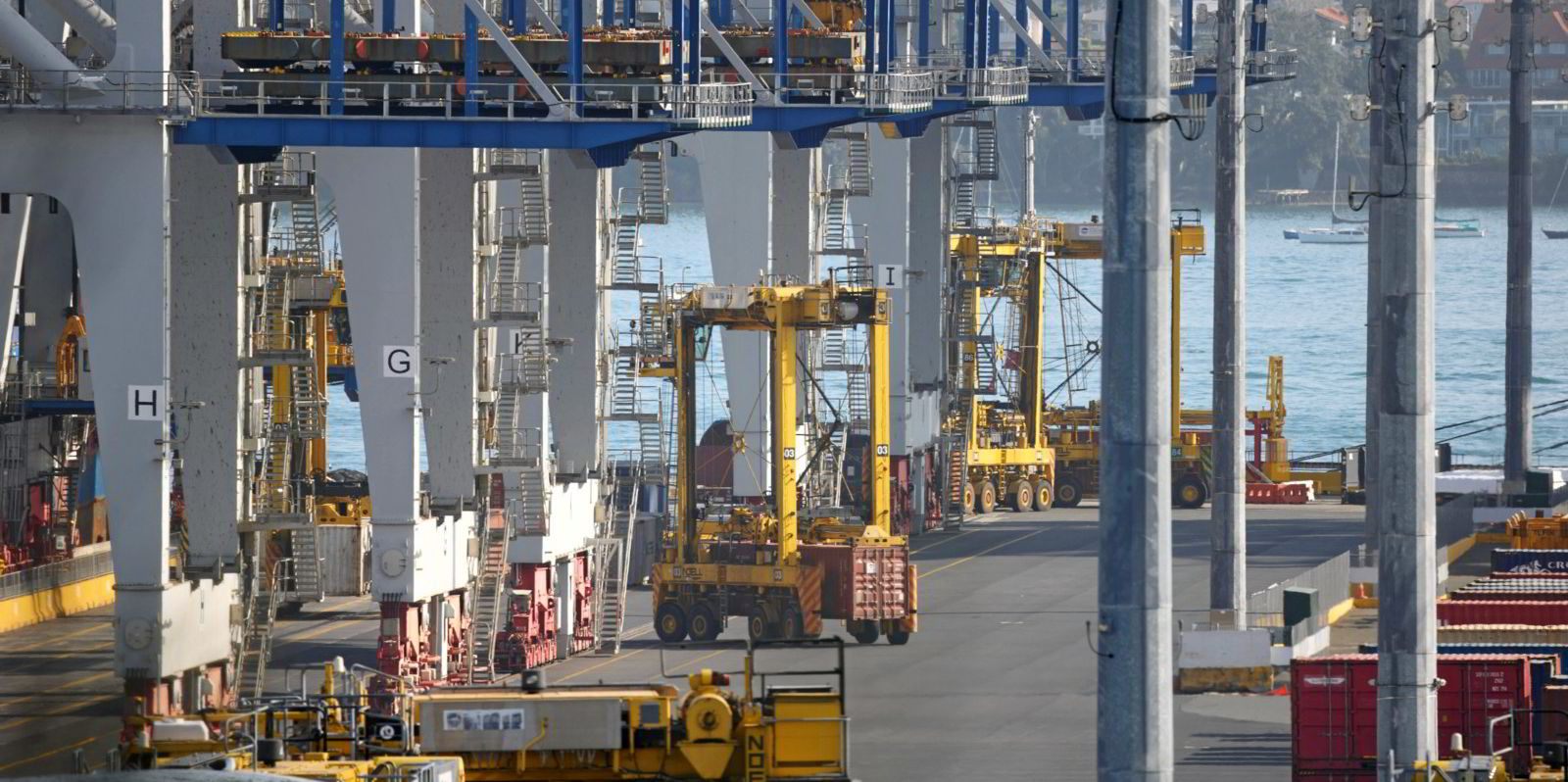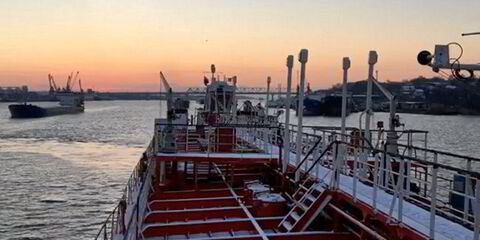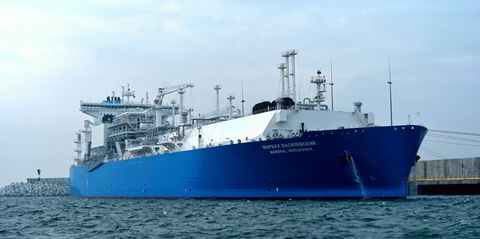Liner companies could reap big profits this year if the Red Sea crisis extends beyond the first quarter, claims HSBC.
Disruptions in the Red Sea have brought back debates around fragile supply chains and comparisons with the 2021 blockage of the Suez Canal by the Ever Given and Covid-19.
HSBC says the diversion of ships from the Suez Canal to around the Cape of Good Hope could potentially affect 20% of containerised trade and drive spot rates to a pre-Covid peak.
The detour will add 2,500-3,500 nautical miles (4,630 km-5,550 km) and between seven and 14 days to an Asia-Europe voyage, with 15%-20% higher costs, the bank says.
The Shanghai Containerised Freight Index and SCFI Shanghai-Europe have risen 88% and 237%, respectively, since 1 December and are now at their pre-pandemic peak levels, while rates on transpacific have risen by more than 70%.
“For now, we think the spot freight rate increases are led by additional costs from the longer voyages and more importantly concerns around any potential knock-on effects on the supply chain,” the bank said.
“Even with slippages in delivery, we think the new vessels should more than offset any capacity absorbed by the diversions around the Cape of Good Hope.”
HSBC said although there is little merit in predicting the outcome of the conflict, various results are possible.
“Our base case is that given the overcapacity and lack of container demand, a re-run of the Covid-19 situation is less likely but could keep rates elevated for at least the first half of 2024,” it said.
“If resolved in the coming days, freight rates would collapse back to December levels and so will share prices, in our view.
“However, if not resolved by the end of the first quarter of 2024, we could see a domino effect on the supply chain, higher rates in upcoming contract negotiations, accelerated restocking and significant profits versus current expectations of breakeven.”
HSBC said that even in the last down cycle (2010 to 2019), spot rates were volatile and rallied more than 50% from various troughs and at least on four occasions driven by restocking, the Hanjin bankruptcy and US West Coast labour disruptions, among other factors.
The bank has raised its earnings predictions for listed liner operators by between 11% and 50% on expectations of a relatively strong first half of the year.
HSBC now expects 2025 to be the trough year for earnings as freight rates normalise from the second half of this year on continued new vessel deliveries.
Read more
- ‘Watch this space’: US and UK ramp up talk of ‘consequences’ for Houthi attacks
- VLGC spot rates suffer shock 21% drop as gas price differentials weaken
- Cargo insurers will back Red Sea transits, says Patrizia Kern-Ferretti
- Red Sea crisis spurs smaller bulker owners to follow capesizes out of trouble spot
- Suez diversion impact on container sector ‘short term’, says Deutsche Bank





